Home > Climate News >

Planting a mix of tree species ‘could double’ forest carbon storage
The new study, published in the Proceedings of the Royal Society of London B, looks at one such question – “How could the number of tree species present in a forest affect its ability to store carbon?”
The results show that the most diverse forests are “faster” at storing carbon, says study co-author Professor Bernhard Schmid, a plant biologist from the University of Zurich.
“With increased species richness, more carbon is stored both above and below ground – in trunks, roots, deadwood, mould and soil. You can roughly say that a diverse forest stores twice the amount of carbon as the average monoculture.”

Can ground mounted solar farms be wildlife havens?
“Research suggests that the negative impacts of solar installation and operation relative to traditional power generation are extremely low. In fact, over 80% of the impacts were found to be positive or neutral. Yet, it is clear that if it involves the removal of woodland to make space for solar power this can cause a significant contribution to CO2 emissions, but still far lower than coal-based electricity.”
Solar farms can enhance wildlife habitat (and can be compatible with grazing)…
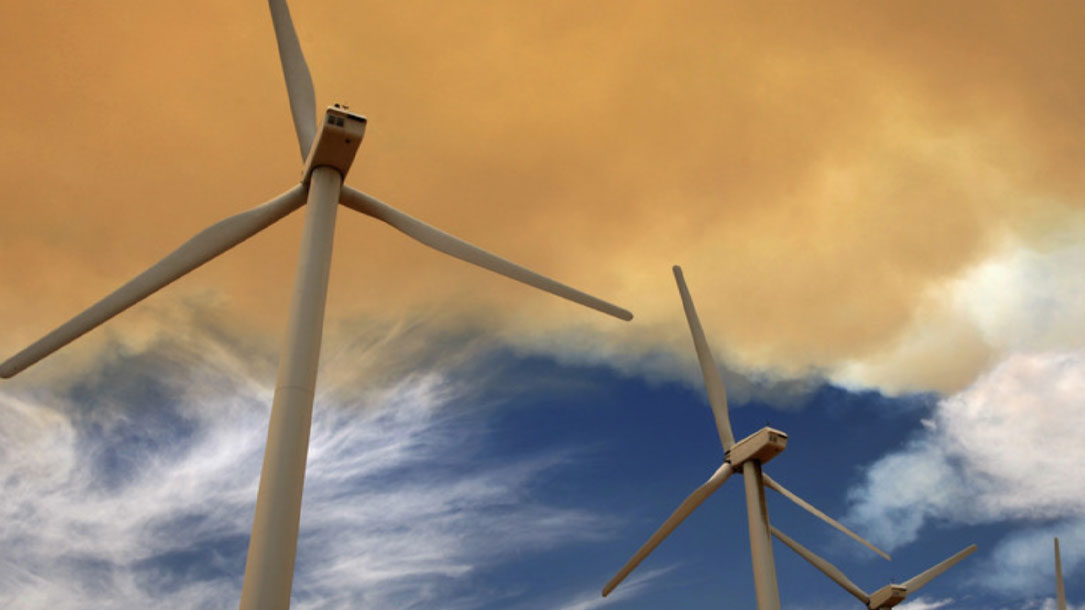
How to talk about climate change: 5 tips from the front lines
“Greenhouse gas emissions need to decrease fast if we are to have any chance of keeping global temperature rises below dangerous levels, and it is hard to see how this will happen without greater, and more urgent, engagement with society.
We need more people talking about climate change more often, because we need to break out of the current climate echo chamber.
However, many people feel under-equipped to do this. If that is you, these five tips may help you over this barrier. They are the result of both my own experience, and lessons from behavioural experts…”
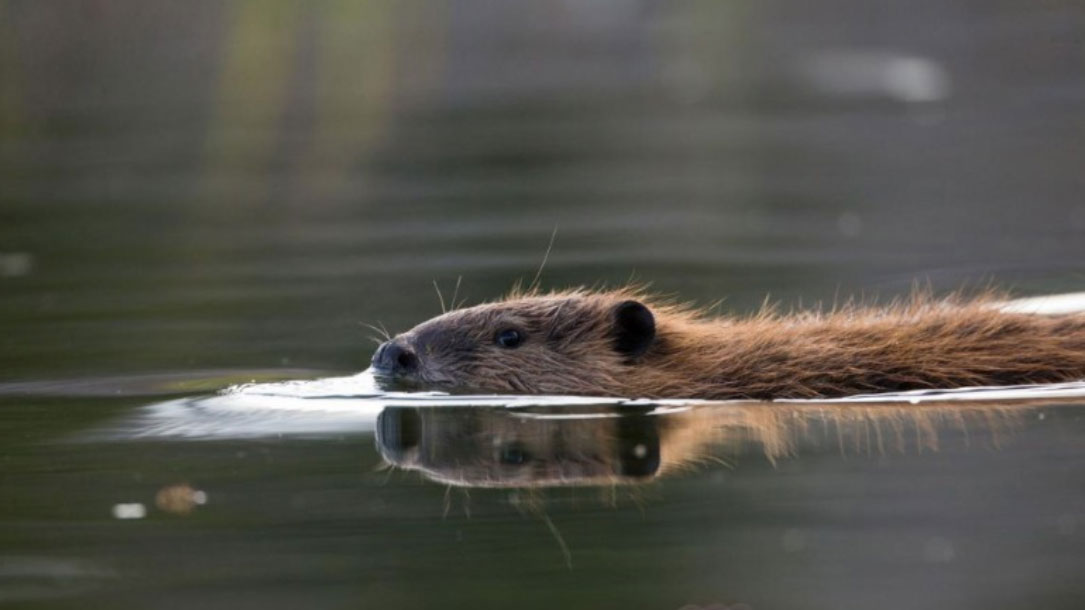
Beavers—once nearly extinct—could help fight climate change
Many conservationists have been trained to think that dams are bad-news for wildlife. With climate change, droughts, and increasingly extreme weather, we are rethinking that.
For example, on the Puget Sound, beavers are being reintroduced to enhance salmon stocks. Small dams might be something we need to consider, and this article gives some ideas of where to start…
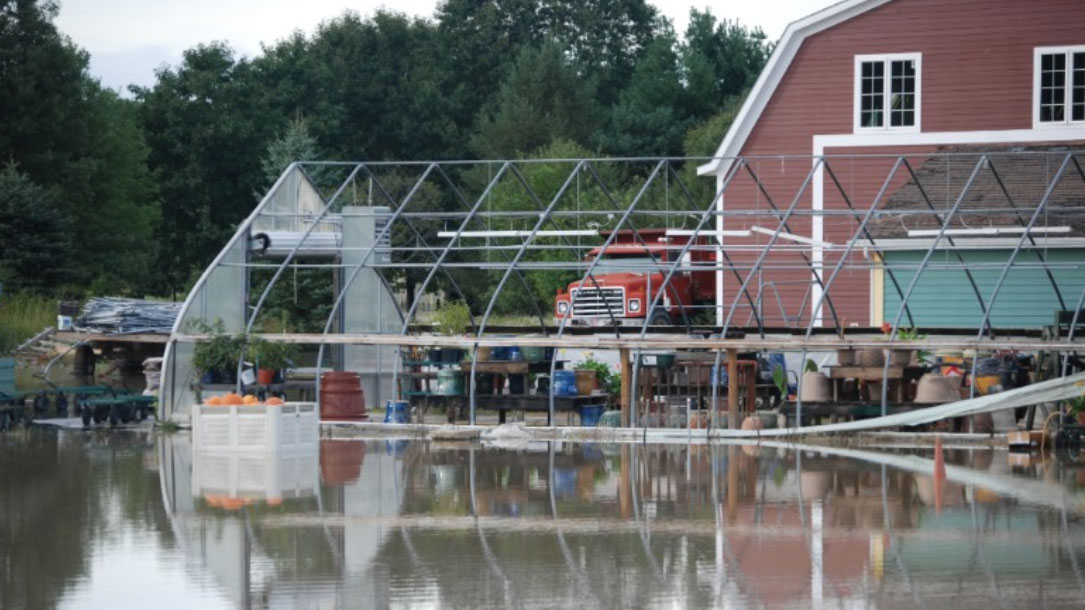
Addressing climate grief makes you a badass, not a snowflake
With the fires, floods, extreme storms and loss of life, climate grief is real and there are ways to cope. Students are grappling with this too. “Direct engagement with today’s biggest challenges is, nevertheless, the path many of today’s students are choosing to follow. That doesn’t make them snowflakes. It makes them badasses…”
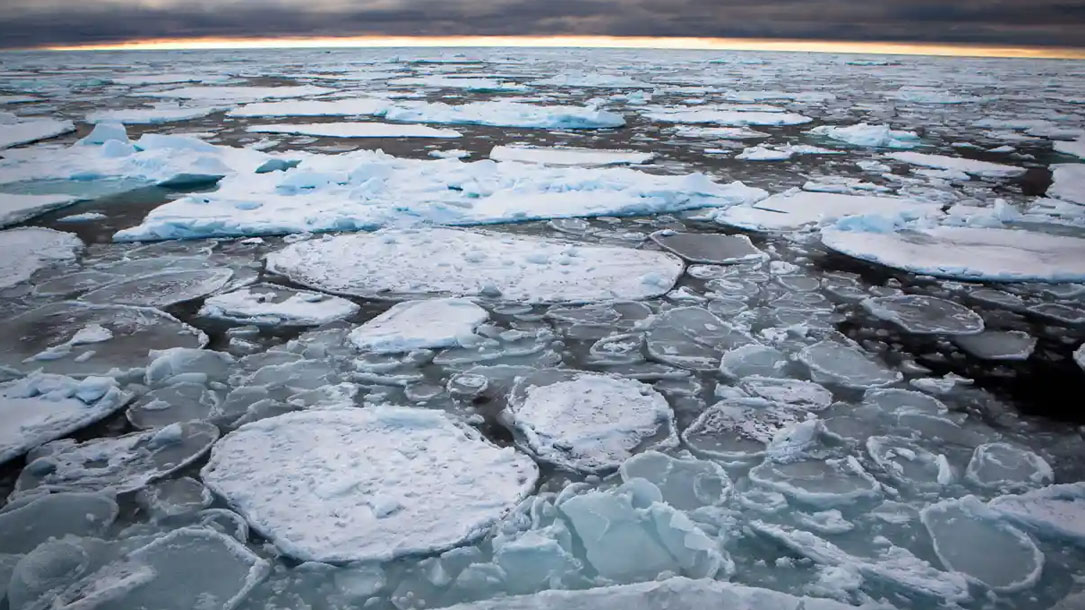
Arctic’s strongest sea ice breaks up for first time on record
“The oldest and thickest sea ice in the Arctic has started to break up, opening waters north of Greenland that are normally frozen, even in summer.
This phenomenon – which has never been recorded before – has occurred twice this year due to warm winds and a climate-change driven heatwave in the northern hemisphere.
One meteorologist described the loss of ice as “scary”. Others said it could force scientists to revise their theories about which part of the Arctic will withstand warming the longest…”
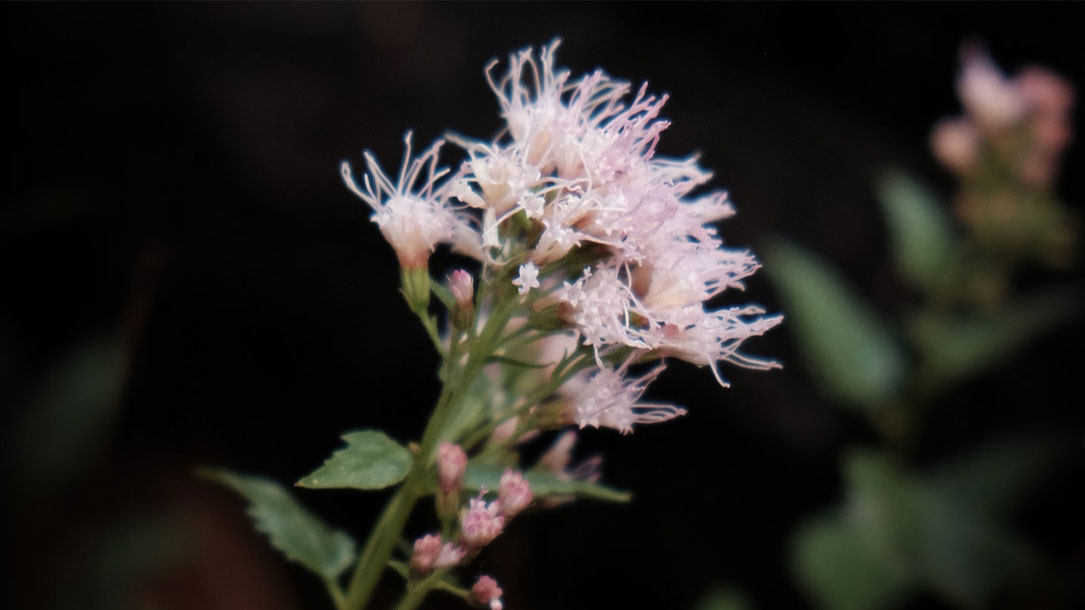
Contribute to Science
Every observation can contribute to biodiversity science, from the rarest butterfly to the most common backyard weed. We share your findings with scientific data repositories like the Global Biodiversity Information Facility to help scientists find and use your data. All you have to do is observe.

A climate change solution beneath our feet
The roots run deep for Scott Stone at Yolo Land & Cattle Company outside Winters, California. His late father, Hank Stone, bought the 7,500-acre ranch about 40 years ago, and it’s now owned and operated by Scott and his brother Casey.
Stone is as much a natural resources manager as a rancher, with a protective eye on the ranch’s watersheds, trees, pasture and grass-fed cattle, and a genuine desire to leave the land better than he found it…
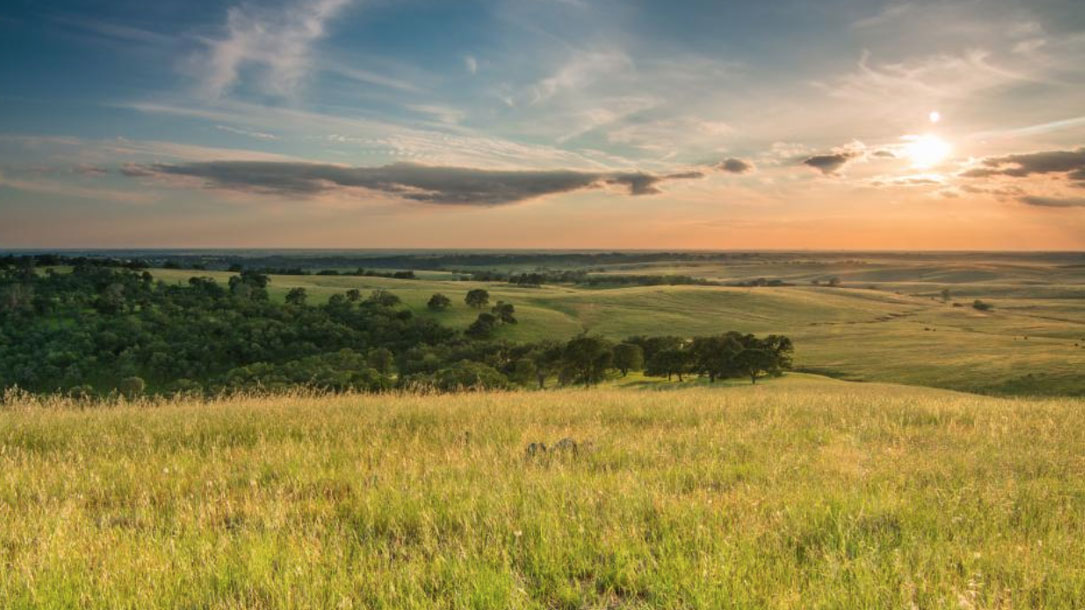
Grasslands more reliable carbon sink than trees
Unlike forests, grasslands sequester most of their carbon underground, while forests store it mostly in woody biomass and leaves. When wildfires cause trees to go up in flames, the burned carbon they formerly stored is released back to the atmosphere. When fire burns grasslands, however, the carbon fixed underground tends to stay in the roots and soil, making them more adaptive to climate change…
“In a stable climate, trees store more carbon than grasslands,” said co-author Houlton, director of the John Muir Institute of the Environment at UC Davis. “But in a vulnerable, warming, drought-likely future, we could lose some of the most productive carbon sinks on the planet… We really need to start thinking about the vulnerably of the ecosystem carbon, and use this information to de-risk our carbon investment and conservation strategies in the 21st century”…
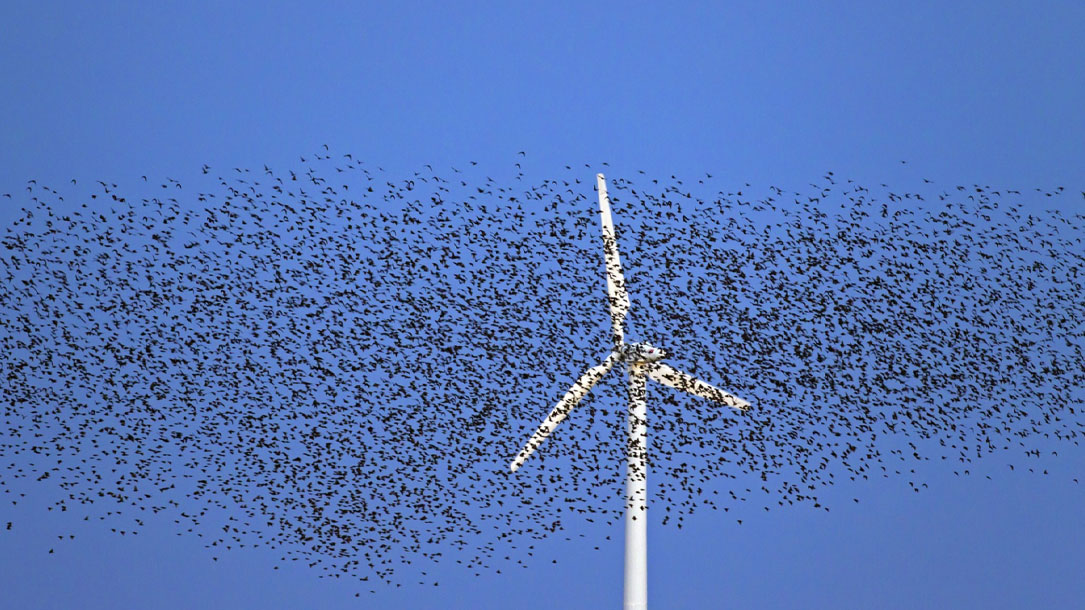
Wind energy takes a toll on birds, but now there’s help
Given that entire species will be wiped out with climate change, when it comes to talking about the negative impact that windmills have on birds, it’s a very relative figure—one we have to keep in mind more than ever. Still, if there are ways to reduce the number of birds killed, and that’s a very positive thing.
“Researchers at Cornell University in Ithaca, New York, have hit upon what could prove to be a simple way to protect birds from wind turbines. They’ve used the “signatures” of birds that are visible in raw weather radar data to generate bird maps and live migration forecasts designed to alert wind farm operators to the presence of birds at peak times…”












